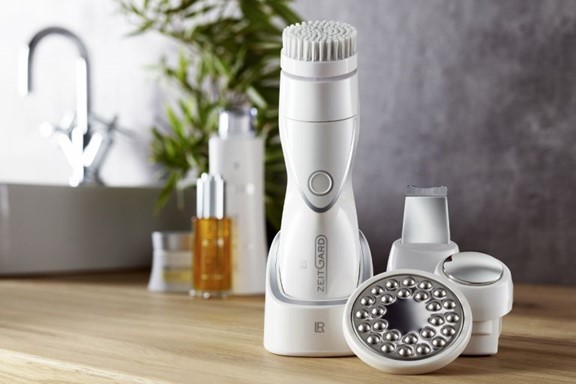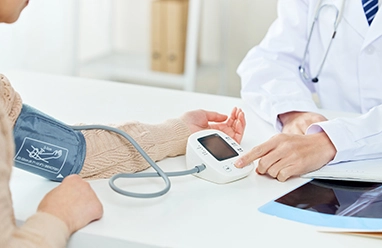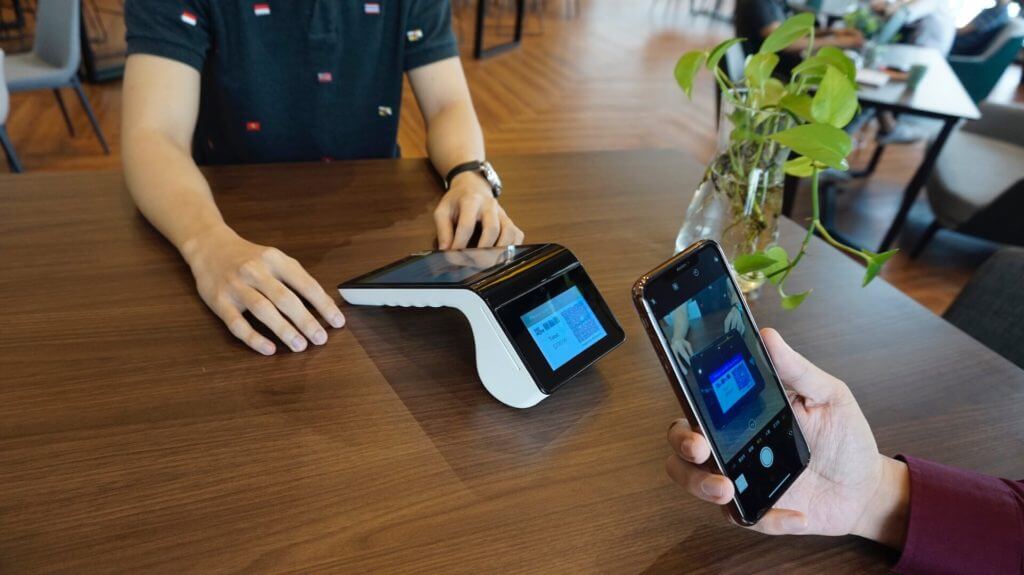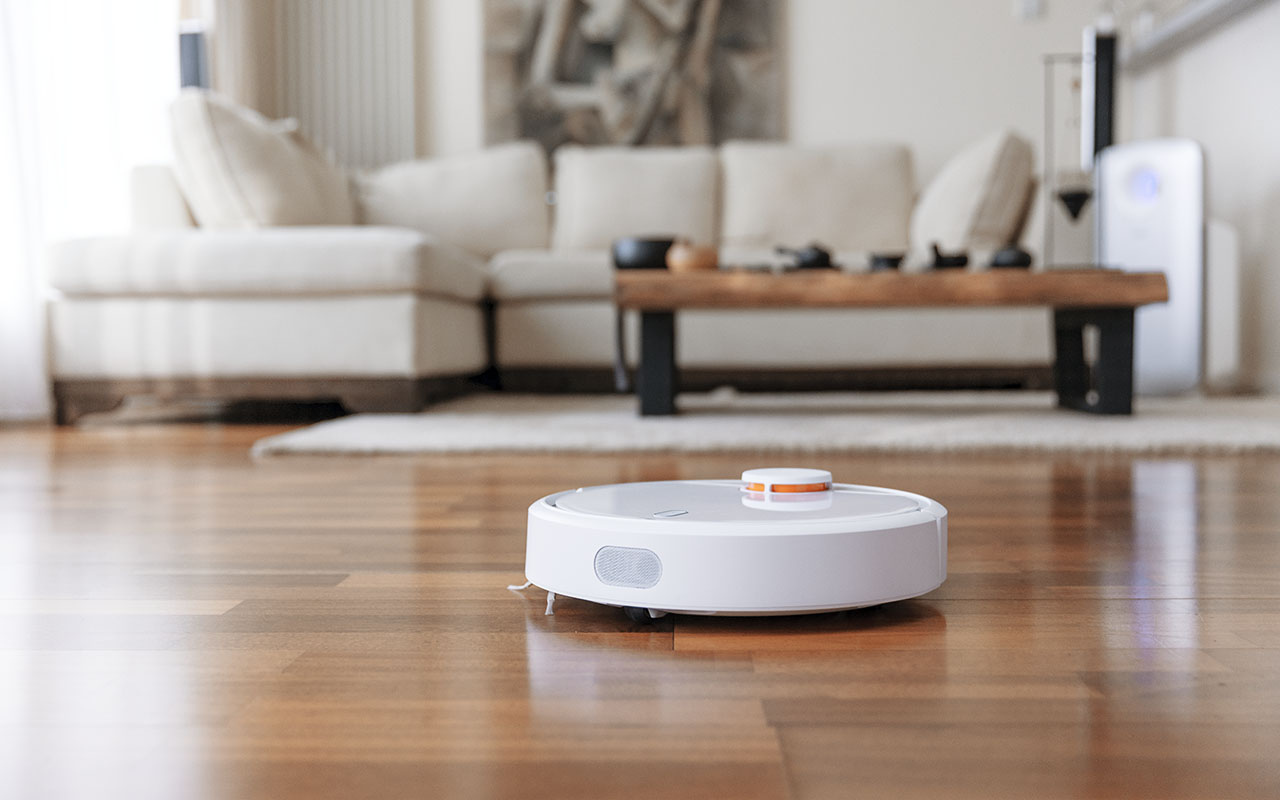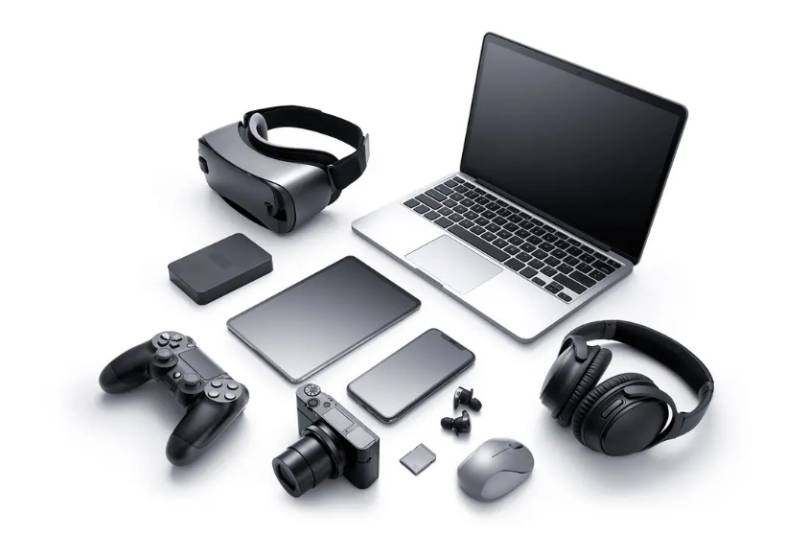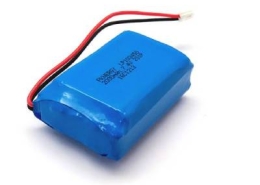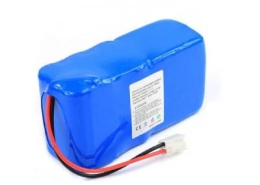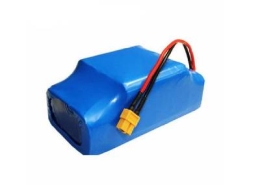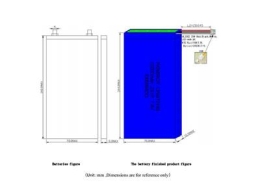
LP785060 2500mAh 3.7V
Li Polymer Battery
Lightweight, High Performance, Enhanced Safety
✔ Ultra-Thin & Lightweight – Compact design with flexible shapes to fit modern devices.
✔ High Energy Density – Delivers more power in a smaller footprint, extending usage time.
✔ Long Cycle Life – 500+ charge cycles with stable performance over time.
✔ High Discharge Efficiency – Reliable power output for portable electronics and wearables.
✔ Enhanced Safety Features – Built-in protection against overcharging, overheating & short circuits.
🔹 Custom voltage, capacity & BMS solutions available.
🔹Contact us today for a tailored battery solution!
SPECIFICATION
| No. | Item | Characteristics | Remarks |
|---|---|---|---|
| 1 | Nominal Capacity | Minimum: 2375mAh, Typical: 2500mAh | Standard discharge (0.2C) after Standard charge |
| 2 | Nominal Voltage | 3.7V | – |
| 3 | Charging Cut-off Voltage | 4.2V | – |
| 4 | Discharge Cut-off Voltage | 3.0V | – |
| 5 | Standard Charge | Constant Current 0.2C, Constant Voltage 4.2V, 0.01C cut-off | Charge Time: Approx 8.0h |
| 6 | Maximum Constant Charging Current | 1250mA | – |
| 7 | Standard Discharge | Discharge at 0.2C to 3.0V | – |
| 8 | Maximum Continuous Discharging Current | 2500mA | – |
| 9 | Operating Temperature | Charge: 0~45°C, Discharge: -20~60°C | – |
| 10 | Storage Temperature | -20~45°C for 1 Month, -10~35°C for 6 Months | – |
| 11 | Storage Voltage | 3.7~3.85V | – |
| 12 | Environmental Request | RoHS | If the materials of the product and packaging accord with RoHS standard, there will be a RoHS ID on the box. |
Characteristics
Electrochemical performance characteristics
| No. | Item | Testing Method | Requirements |
| 1 | Fully Charged
State |
CCCV or Constant current charge to 4.2V @0.2C follow by a constant voltage holding at 4.2V until current drops below 26±2mA. | — |
| 2 | Rated Capacity | 0.5c CCCV 0.01c at 4.2V (per 6.1.1) at room temp. (20±5C), rest for 1-2 hrs then discharge at a constant current of 0.2C to 3.0V, testing will be terminated by either 5 cycles or any one discharge time exceeds 5 hrs | ≥2375mAh |
| 3 | Cycle Life
@25℃ |
Discharge to 3.0V @0.2C, then 0.5c CCCV 0.01C charge to 4.2V, rest for 10 min. discharge @ 0.2C to 3.0V and rest for 10 min. Continue the charge/discharge cycles until discharge capacity lower than 80% of rated capacity. | Cycle life ≥300 |
| 4 | Internal Impedance | Internal impedance is measured on a 50% charged battery at 1KHz AC at ambient temperature(20±2)℃ | — |
| 5 | Capacity Retention | Fully charge cells per 6.1.1, store them at (20±2)℃ for 28 days, then discharge the cells to 3.0V at 0.2C. | Discharge Capacity≥2000mAh |
| 6 | High Temperature Characteristics | Fully charge cells per 6.1.1, store them at (55±2)℃ for 2 hours, then discharge the cells to 3.0V at 0.2C. | Discharge Capacity≥2000mAh |
| 7 | Low Temperature Characteristics | Fully charge cells per 6.1.1, store them at (-10±2)℃ for 16~24 hours, then discharge the cells to 3.0V at 0.2C. | Discharge Capacity≥1500mAh |
| 8 | Cell Voltage during Transportation | Check open circuit voltage (OCV) of cells prior to the delivery to customers | ≥3.7V |
– Warranty
Warranty period for this product is 1 year starting from the date when the products left the door of manufacturer.
– Liability
The user has to operate the products according to the instructions printed on the battery label or follow the advices described in this “Product Specification for Lithium Ion Batteries published by shenzhen pknergy energy Co., Limited. In case the battery were overheated or even catch fire or explosion caused by mishandling of the user side, shenzhen pknergy energy Co., Limited. will not be liable for the lose caused by any of such mishandling. shenzhen pknergy energy Co., Limited. will notify the users in written form if any modifications in specification, raw material, production process control.
– Battery Packing Label
The following warnings should be indicated on the battery pack labels.
- Use a specified charger.
- Do not throw the battery into fire, or heat.
- Do not short-circuit the battery terminals.
- Do not disassemble the battery.
– Warnings and Cautions in Handling the Lithium-ion Battery
To prevent potential leaking, overheating or explosion of batteries please be advised to take following precautions:
Common application fields of products
Product FAQs
1. What are the key advantages of lithium polymer (LiPo) batteries?
Lithium polymer batteries offer several advantages, including a lightweight design, flexible form factor, and high energy density. They are ideal for applications where space and weight are critical, such as drones, wearable devices, and portable electronics. Additionally, they provide excellent safety features and long cycle life.
2.How does the performance of lithium polymer batteries compare to lithium-ion batteries?
Lithium polymer batteries are generally more flexible in terms of shape and size, making them perfect for compact or custom applications. While they offer slightly lower energy density compared to lithium-ion batteries, they perform better in environments with higher temperature fluctuations and have a lower risk of leakage.
3.Can lithium polymer batteries be customized for specific applications?
Yes, PKNERGY specializes in providing custom lithium polymer batteries tailored to your specific needs. We can adjust the voltage, capacity, and form factor to ensure optimal performance for your applications, whether it’s for consumer electronics, medical devices, or other specialized use cases.
4.What are the safety precautions when using lithium polymer batteries?
Lithium polymer batteries require careful handling to avoid overcharging, over-discharging, and short circuits. PKNERGY’s LiPo batteries come with built-in protection circuits and intelligent Battery Management Systems (BMS) to enhance safety and extend battery life. Always follow the manufacturer’s guidelines for charging, storage, and disposal.














